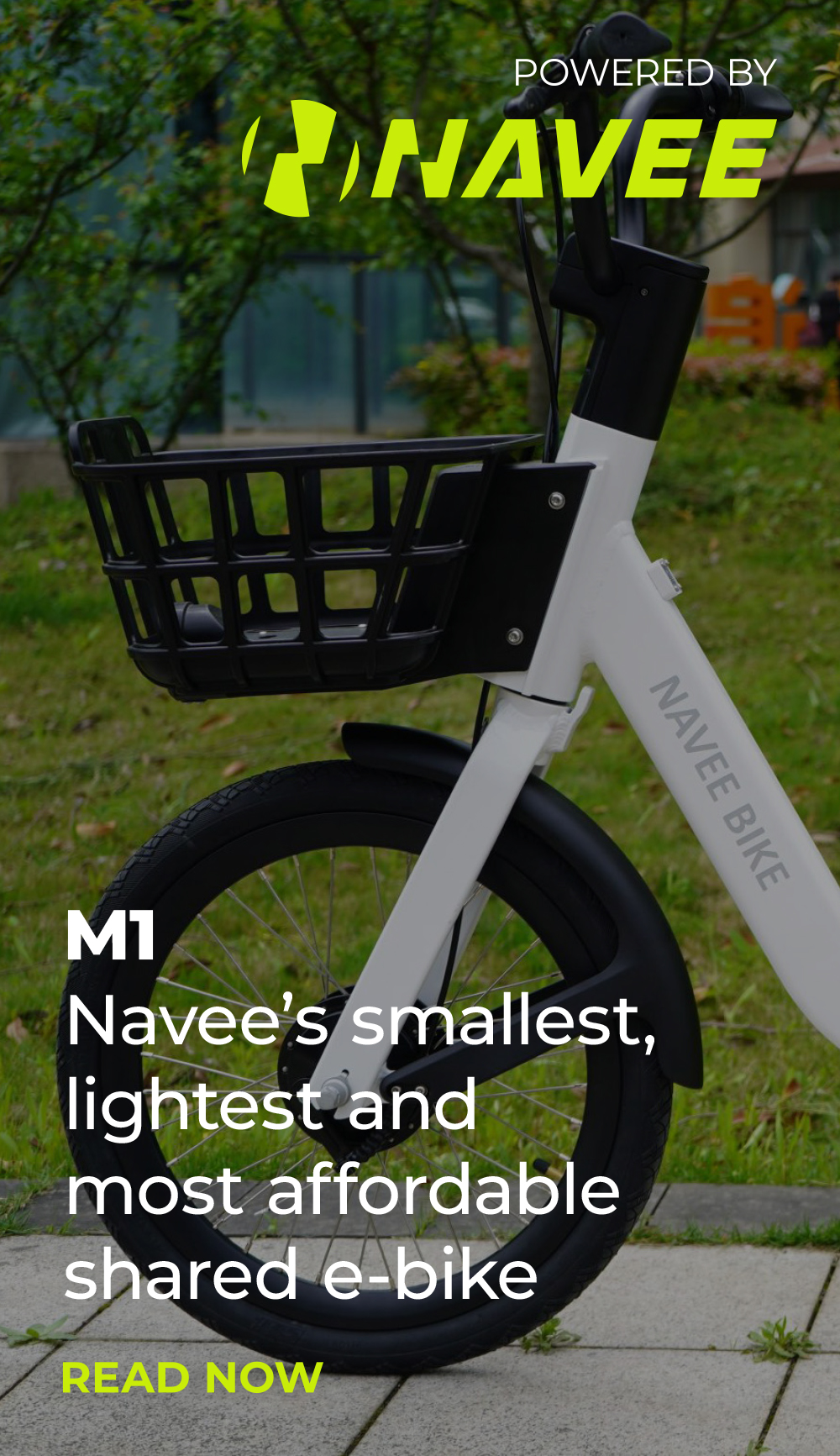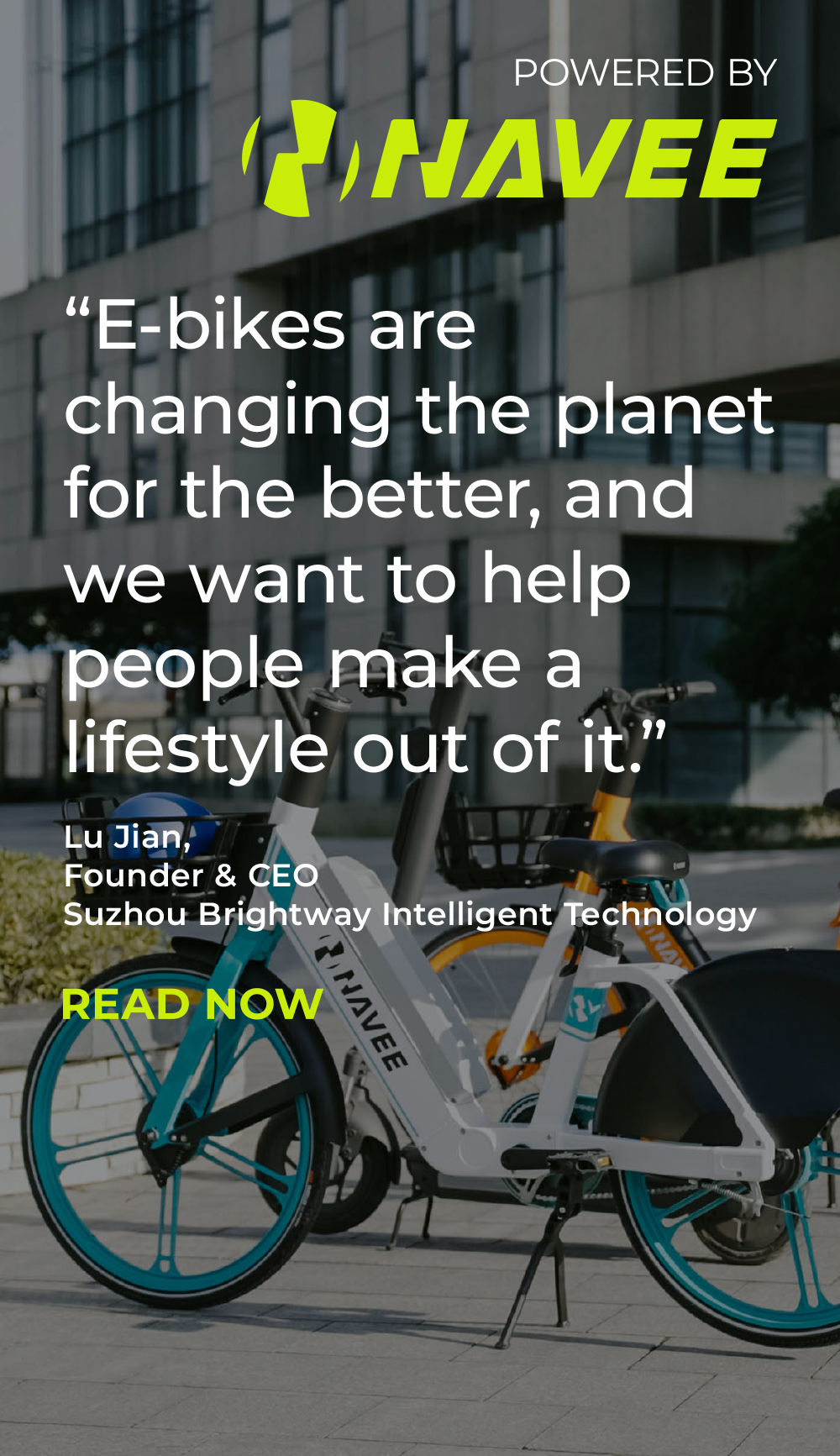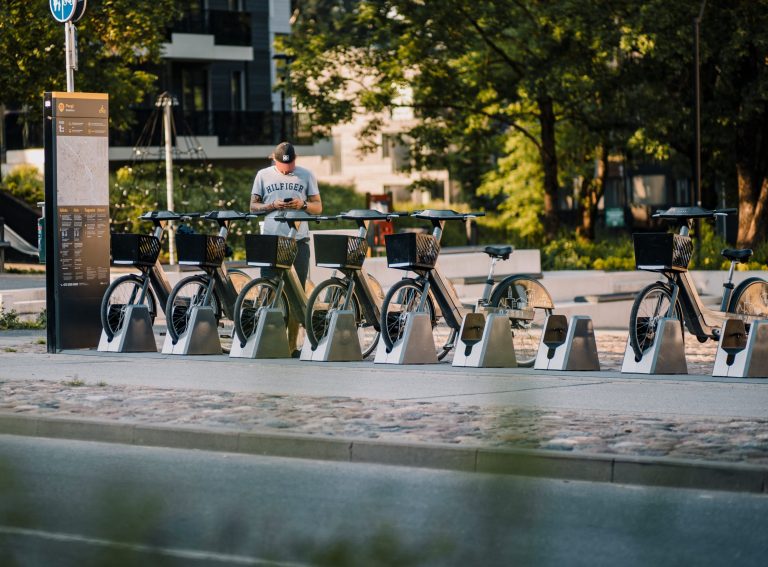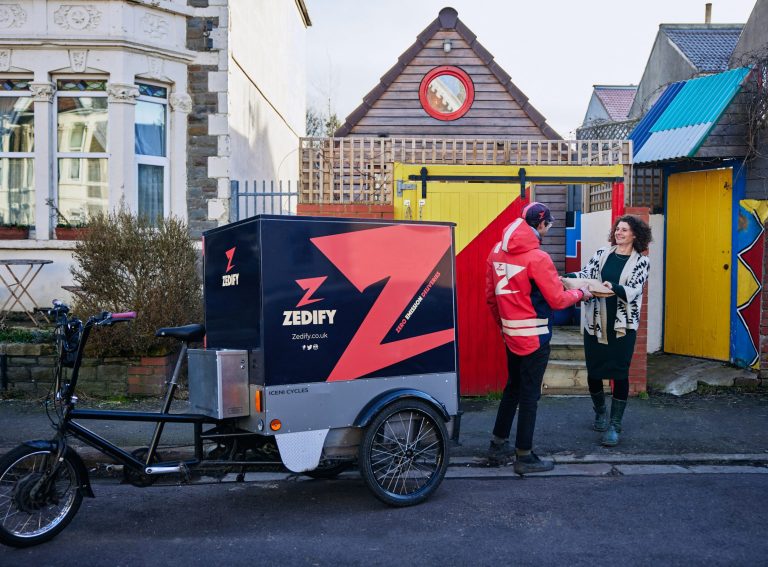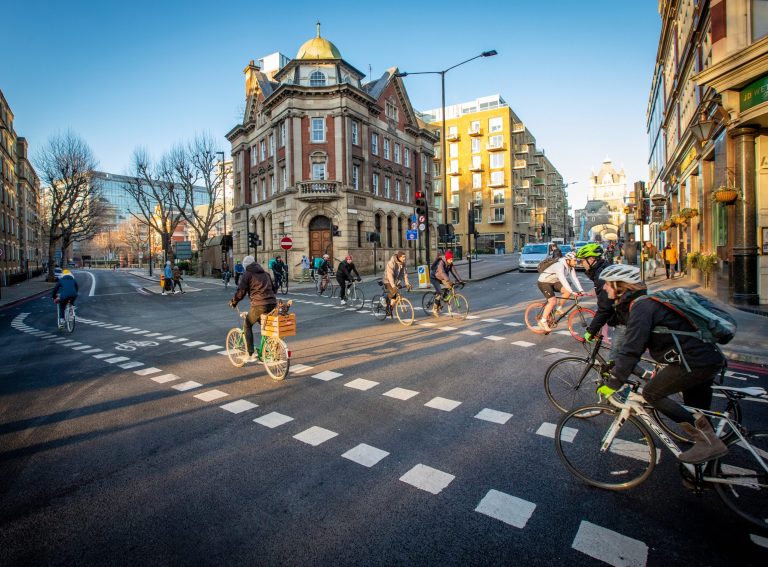Micromobility operator Bolt has today launched 750 e-scooters in Milan, Italy.
Milan joins a group of more than 230 cities across 25 European countries where Bolt offers its micromobility solutions.
The deployment provides an opportunity for Bolt to test its in-house ambient sound solution that alerts passers-by of an approaching scooter to help avoid accidents.
This safety feature is especially beneficial for people with visual impairments and helps them be more aware of scooters around them.
Bolt has tested the ambient sound in several European cities, including Bologna in 2021, where the company partnered with the Italian Union of Blind and Partially Sighted People to ensure their needs were being met. Up to this point, the tests have had positive feedback from pedestrians walking past a scooter. The majority of people could hear a scooter coming from a distance of several metres which is enough to increase safety, according to Bolt.
“Ambient sound is a feature that was requested by both cities and pedestrians,” Bolt’s VP of rentals Dmitri Pivovarov told Zag Daily.
“In order to have full control over the quality of this safety mechanism, we decided to develop and test it in-house. Since the start of our research and testing we have paid special attention to being inclusive and making sure that the feature works for customers, pedestrians and visually impaired pedestrians as well. Our end goal is to have an ambient sound that is pleasant for our riders and clearly noticeable by other road users.”
To further improve scooter safety in Milan, Bolt is implementing its in-app cognitive reaction test. This checks the reaction speed of a user before they unlock a scooter to help determine whether the person is intoxicated. The feature will be functional on Friday and Saturday nights in Milan when intoxicated riding could occur most often.
According to Bolt’s recently published safety report, the operator had five times more rides in 2021 in comparison to 2020, while reducing the rate of injuries per 1 million kilometres travelled by 26% and the rate of accidents by 12%.

